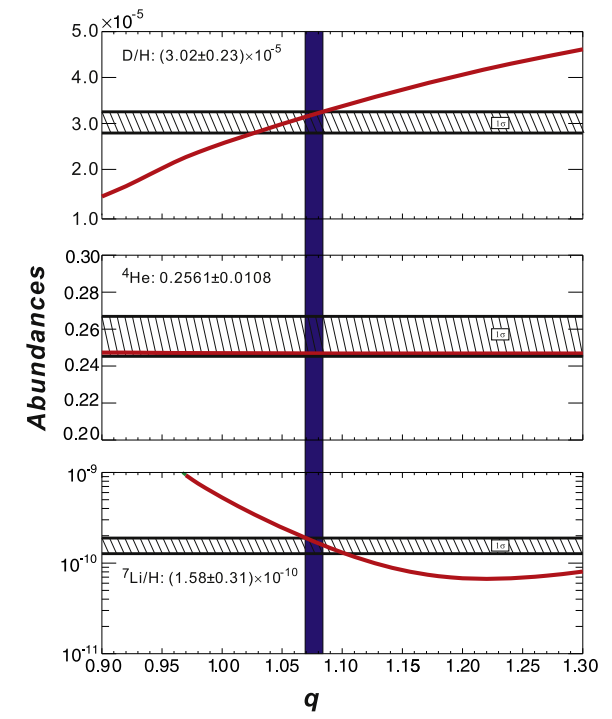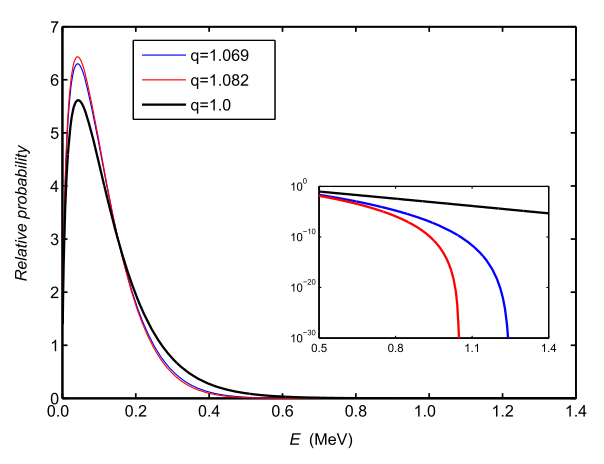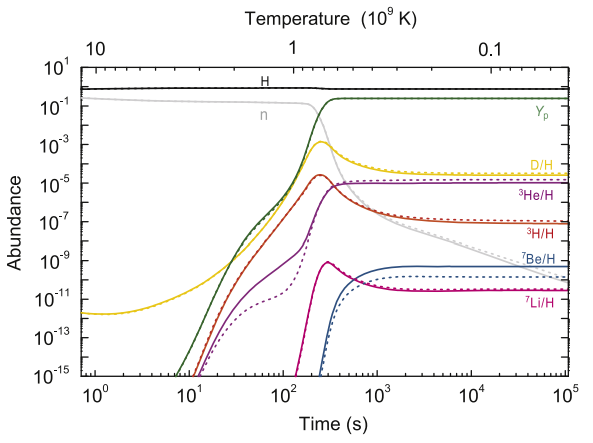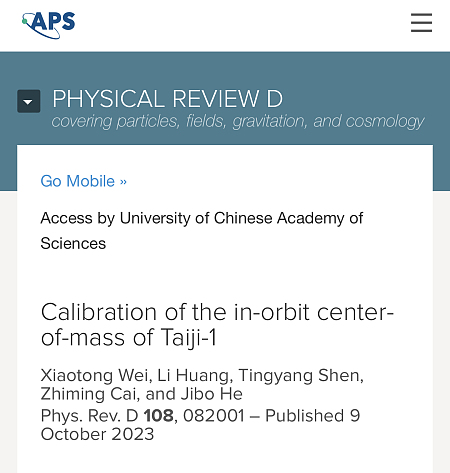Abstract
Big Bang nucleosynthesis (BBN) theory predicts the abundances of the light elements D, 3He, 4He, and 7Li produced in the early universe. The primordial abundances of D and 4He inferred from observational data are in good agreement with predictions, however, BBN theory overestimates the primordial 7Li abundance by about a factor of three. This is the so-called “cosmological lithium problem.” Solutions to this problem using conventional astrophysics and nuclear physics have not been successful over the past few decades, probably indicating the presence of new physics during the era of BBN. We have investigated the impact on BBN predictions of adopting a generalized distribution to describe the velocities of nucleons in the framework of Tsallis non-extensive statistics. This generalized velocity distribution is characterized by a parameter q, and reduces to the usually assumed Maxwell–Boltzmann distribution for q = 1. We find excellent agreement between predicted and observed primordial abundances of D, 4He, and 7Li for 1.069≤q≤1.082, suggesting a possible new solution to the cosmological lithium problem.
 |  |  |  |
DOI:10.3847/1538-4357/834/2/165
https://iopscience.iop.org/article/10.3847/1538-4357/834/2/165





